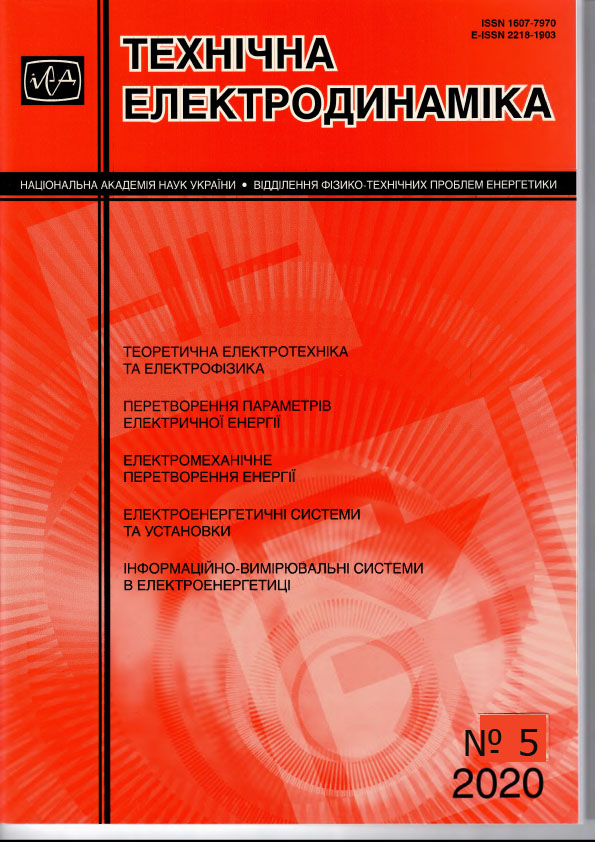Abstract
The article describes the error in measuring the electrolytic conductivity of solutions using a differential electrolytic cell (with a removable central part), due to inaccurate assembling of its design. It appears when additional resistance of the test sample is formed after changing the current path in the solution in the presence of displacements between the parallel longitudinal axes of the connected parts of the cell. This resistance is similar to the constriction resistance defined in the theory of fixed electrical contacts. To take it into account when determining the required error, a parameter (the constriction coefficient) is introduced that characterizes the degree of constriction of the electric current lines at the joint of two parts of the cell. To evaluate the components of the error in the conductivity measurement, computer simulation of electrolytic cells and the finite element method were used. Expressions are obtained for determining the errors in measuring the electrolytic conductivity of solutions and cell resistance in the presence of radial displacement of parts of the cell after assembling. Using the finite element method, the dependences of the constriction coefficients on the radial displacement at the joints for cell models with different tube diameters are obtained. Also, the errors of measuring the resistance of cell models of different sizes are calculated. To evaluate the measurement error of electrolytic conductivity that can occur when using a specific measuring cell, the proposed expressions and the obtained dependences for the constriction coefficient can be used. Studies of cell models have shown that the error due to inaccurate assembling of differential cells can reach significant values (of the order of 0.01%) in the presence of radial displacements at the level of tens of μm. References 4, figures 4.
References
Brinkmann F., Ebbe Dam N., Deák E., Durbiano F., Ferrara E., Fükö J., Jensen H.D., Máriássy M., Shreiner R.H., Spitzer P., Sudmeier U., Surdu M., Vyskočil L. Primary methods for the measurement of electrolytic conductivity. Accred Qual Assur. 2003. No 8. Pp. 346-353.
Holm R. Electric contacts Handbook. Berlin: Springer–Verlag, 1958. 522 pp.
Wu Y.C., Koch W.F., Pratt K.W. Proposed new electrolytic conductivity primary standards for KCL solutions. Journal of research of NIST. 1991. Vol. 96. Pp. 191-201.
Orrù E. Traceability of electrolytic conductivity measurements for ultra pure water. Doctoral thesis, Politecnico di Torino. Giugno. 2014. 144 pp. URL: http://porto.polito.it/2553145/ (accessed 15.12.2019)

This work is licensed under a Creative Commons Attribution-NonCommercial-NoDerivatives 4.0 International License.
Copyright (c) 2020 Tekhnichna Elektrodynamika


